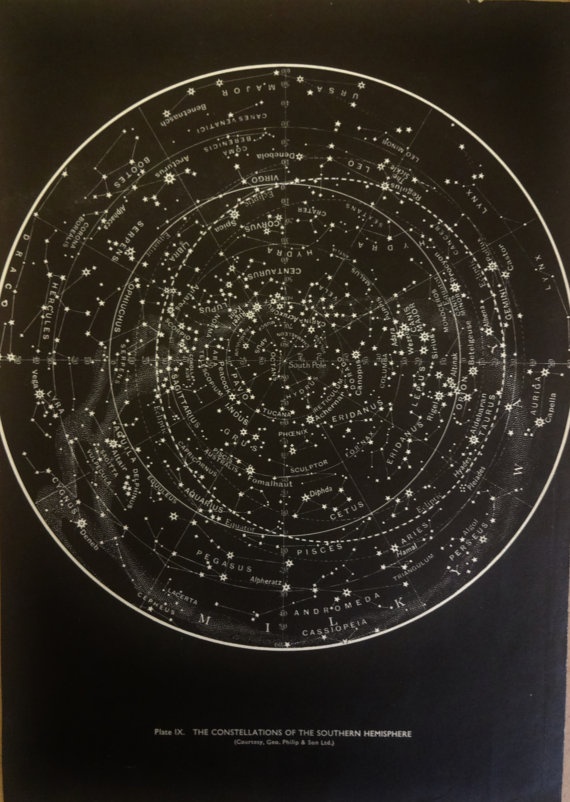

Star charts also serve as serious professional tools used by navigators at sea. (Image credit: NASA/Apollo Lunar Surface Journal) (opens in new tab) Star charts for navigation Star atlases for serious amateur astronomers include big charts that zoom in on even smaller pieces of sky.Ī star start flown to the lunar surface on Apollo 11 signed by astronaut Buzz Aldrin. Norton's Star Atlas, which has gone through 18 editions since 1910, divided the sky into gores, like segments of an orange, each segment covering about one-fifth of the sky with little distortion. To reduce distortion, celestial cartographers can make charts of sections of the sky. (For example, rectangular world maps using the Mercator projection make Antarctica and Greenland look much larger than they are.) Related: 10 must-see skywatching events to look for in 2020įull-circle charts inevitably stretch constellations near the edges, just as Earth maps stretch remote continents. If a star chart is made for a particular month in a particular year, it may show the planets' locations for that month. They can appear anywhere in a band wrapping all the way around the sky called the zodiac. Planets or not? Mercury, Venus, Mars, Jupiter and Saturn look like bright stars when viewed from Earth.Biddle, 1842), author Thomas Dick describes mythological constellation drawings as "grotesque and incongruous figures … mean, ridiculous and imaginary objects." Starting in the 20th century, star charts usually omitted mythological figures in favor of stick figures, or the straight-line boundaries between constellations that were agreed on by the International Astronomical Union in 1930. In a popular astronomy book published in 1842, " The Sidereal Heaven and Other Subjects Connected with Astronomy" (Edward C. But trying to make Ursa Major, the Greater Bear, out of the Big Dipper and surrounding stars, can be frustrating.

For example, the form of Orion is not hard to imagine in the constellation’s pattern of two shoulder stars, three belt stars, and two stars for feet or knees. Some are memorable, but many are baffling.
#ASTRONOMY STAR CHART FREE#
But you are free to invent different stick figures if they help you find your way. The Big Dipper, the Great Square of Pegasus, the three stars of Orion's Belt and other shapes are traditional and frequently used. Lines or no lines? Guide lines can connect the stars into shapes that lead the eye from star to star.But a white background with black dots for stars is easier to print and allows the user to write in notes of their own. Dark or white background? A black or dark blue background, with white dots for stars, looks more natural.Whatever the format, star-chart makers have a number of choices: (Image credit: Future) (opens in new tab) Elements of a star chart The center of the chart will show the stars that are directly overhead. Star charts are specific to time of year and location.


 0 kommentar(er)
0 kommentar(er)
